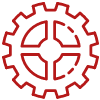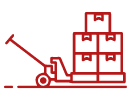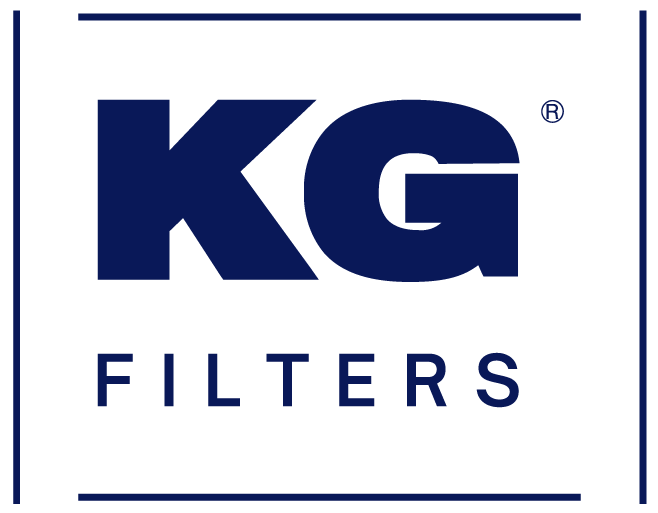Bearing is a very critical component in every industry, and proper bearing handling is imperative to ensure the longevity and performance of equipment. This blog post will focus on the crucial steps in handling bearings effectively to maximise productivity.
The Importance of Proper Bearing Handling
Improper bearing handling can adversely affect bearing life and performance, leading to equipment inefficiency and increased maintenance costs. Ensuring safe and proper bearing handling and installation is essential for maximising the potential of these essential components. Let’s delve into the importance of proper bearing handling in greater detail.
Possible Issues with High Temperatures
- Effects of improper handling on bearing life and performance: Mishandling bearings can lead to premature failure, reduced performance, and a shortened service life.
- Impact on equipment efficiency and maintenance costs: Equipment with improperly handled bearings can suffer from reduced efficiency, resulting in increased downtime and higher maintenance costs.
- Ensuring safety during bearing handling and installation: Proper bearing handling helps ensure the safety of technicians and operators during installation and maintenance.
Crucial Steps in Handling Bearings
Achieving peak bearing performance requires adherence to these critical handling steps:
A. Storage and handling
- Proper storage conditions: Bearings should be stored in a clean, dry, and temperature-controlled environment to prevent corrosion, contamination, and damage.
- Careful transportation and handling techniques: Use appropriate tools and equipment to transport and handle bearings, avoiding impacts, vibrations, and excessive force.
B. Cleaning and inspection
- Importance of cleaning bearings before installation: Bearings work best when they don’t have dirt, dust or grease. Keeping them clean will help them work well and last longer.
- Inspecting bearings for signs of damage or wear: Examine bearings for any visible signs of damage or wear, such as corrosion, cracks, or pitting, before installation.
C. Lubrication
- Selecting the right lubricant: Choose one that meets the manufacturer’s specifications and is suitable for the specific application and operating conditions.
- Proper lubrication techniques: Apply the correct amount of lubricant evenly and consistently, ensuring that all bearing surfaces are adequately covered.
D. Installation and alignment
- Following manufacturer guidelines: Adhere to the bearing manufacturer’s installation guidelines to ensure proper fit and function.
- Ensuring accurate alignment for optimal performance: Accurate alignment of bearings is crucial for achieving optimal performance and preventing premature wear.
E. Maintenance and monitoring
- Regular maintenance procedures: Conduct routine maintenance, such as lubrication and inspections, to extend bearing life and maintain optimal performance.
- Monitoring bearing performance and signs of potential issues: Keep track of bearing performance indicators, such as temperature, noise, and vibration, of identifying potential issues and address them promptly.
Wrap Around
Proper bearing handling is essential for maximising bearing life and performance. Following these crucial steps in handling bearings can ensure optimal equipment performance with minimal downtime. To procure high-quality bearings and exceptional customer service, check KG International.
At KG International, we are dedicated to delivering top-notch bearings and exceptional customer services to our valued customers. Our commitment to providing high-quality products and expert guidance ensures that you receive nothing but the best. Trust us to provide reliable bearings and unparalleled support that will help you succeed in your industry.

























